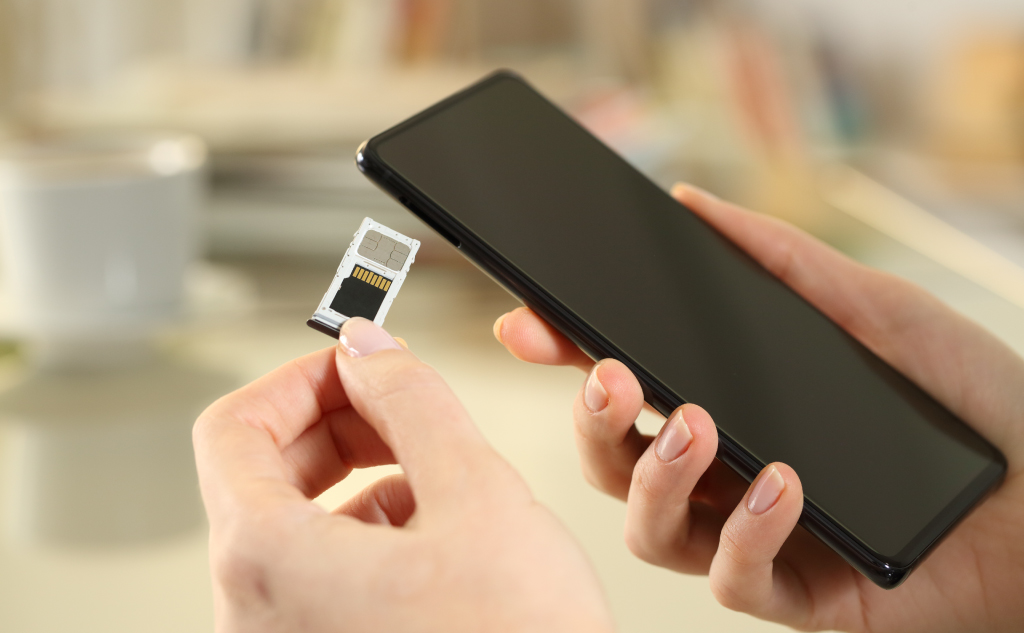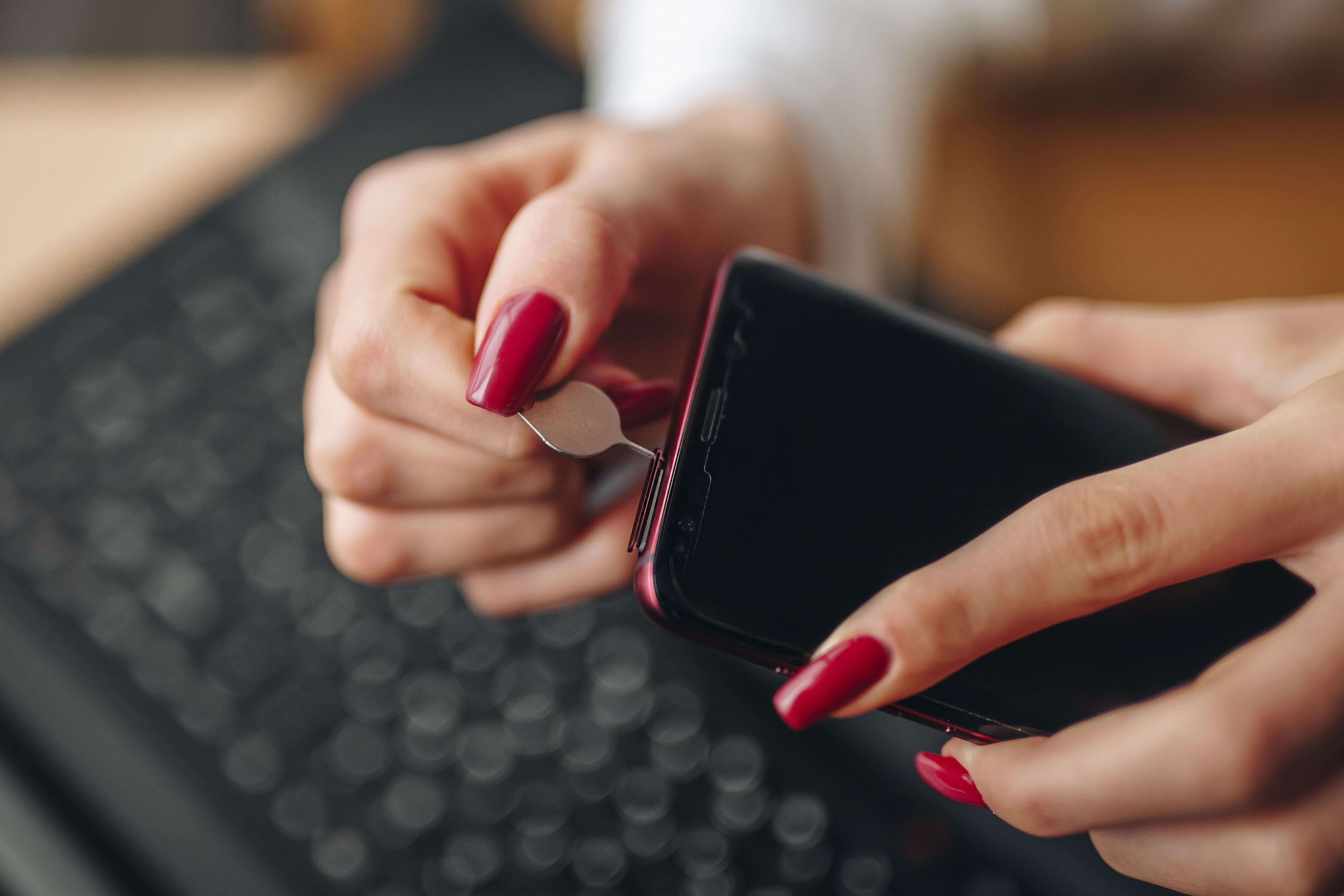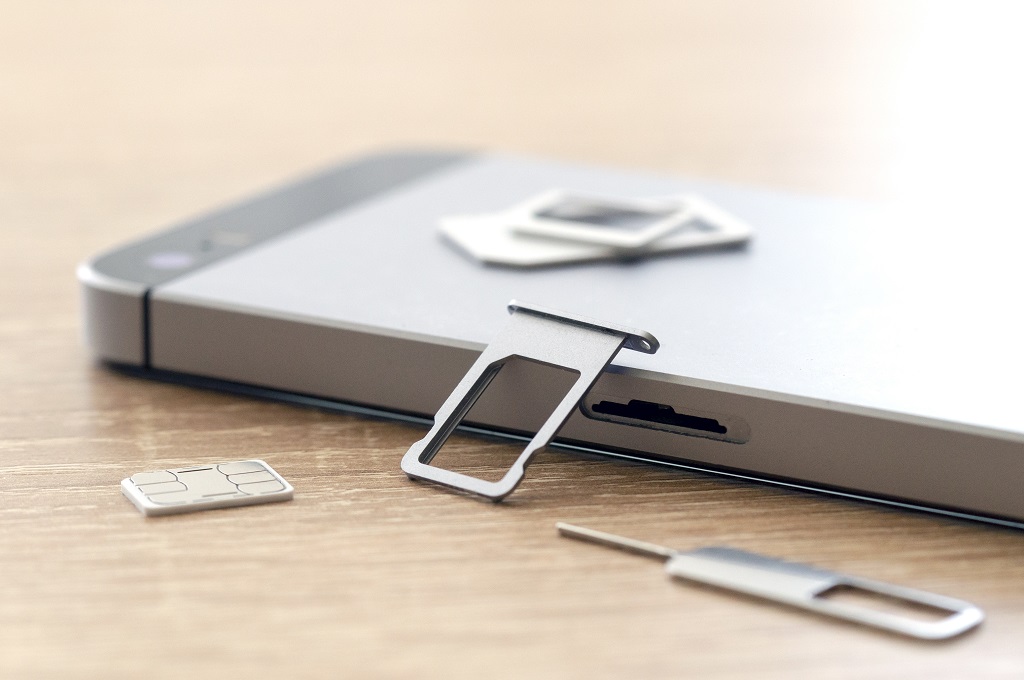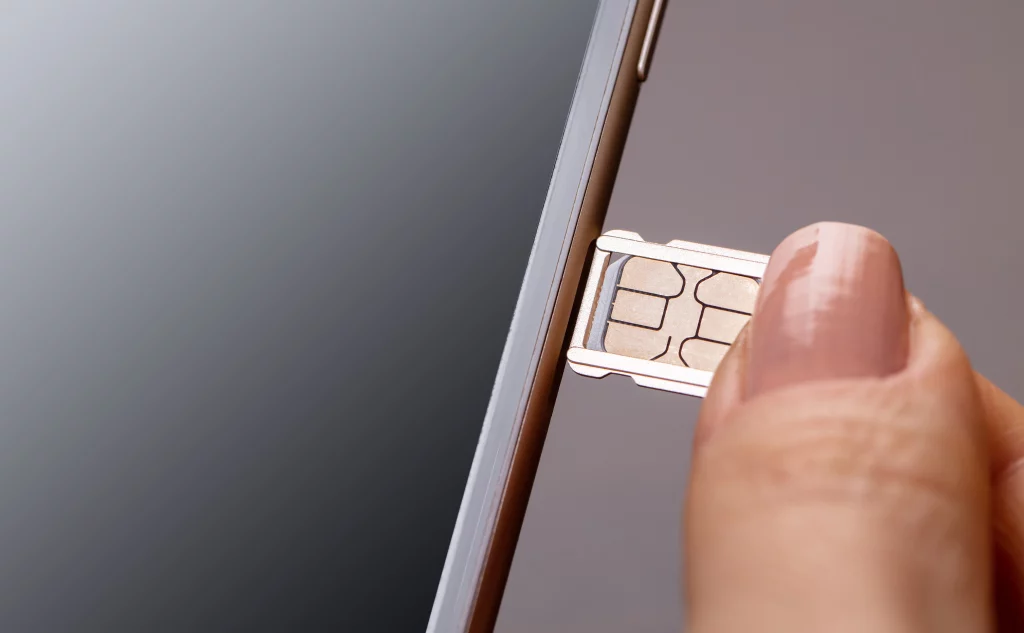
USING ONE SIM CARD WITH TWO PHONES: HOW TO?
Here’s how to use one SIM card with two phones:
One SIM card cannot be used with two phones at once because it’s obviously physically impossible for one SIM to be in two devices.
Even though it’s not a physical card, it’s not possible with an eSIM either.
Nonetheless, you can usually use one SIM card with two phones by swapping the SIM card between them.
If you want to learn all about using one SIM card with two phones, then this article is for you.
Let’s jump right in!
- USING PHONE SIM CARD IN MOBILE ROUTER: CAN YOU?
- PHONE SIM IN TABLET: USING DATA SERVICE?
- CHANGING SIM CARD WITHOUT TURNING OFF PHONE: SAFE?
- SIM CARD STOLEN: WHAT CAN SOMEONE DO WITH YOUR SIM CARD?
- TAKING SIM CARD OUT & PUTTING BACK IN LATER: GETTING TEXTS?
- HOW TO CONNECT TO WI-FI WITHOUT A SIM CARD?

HOW TO USE ONE SIM CARD WITH TWO PHONES?
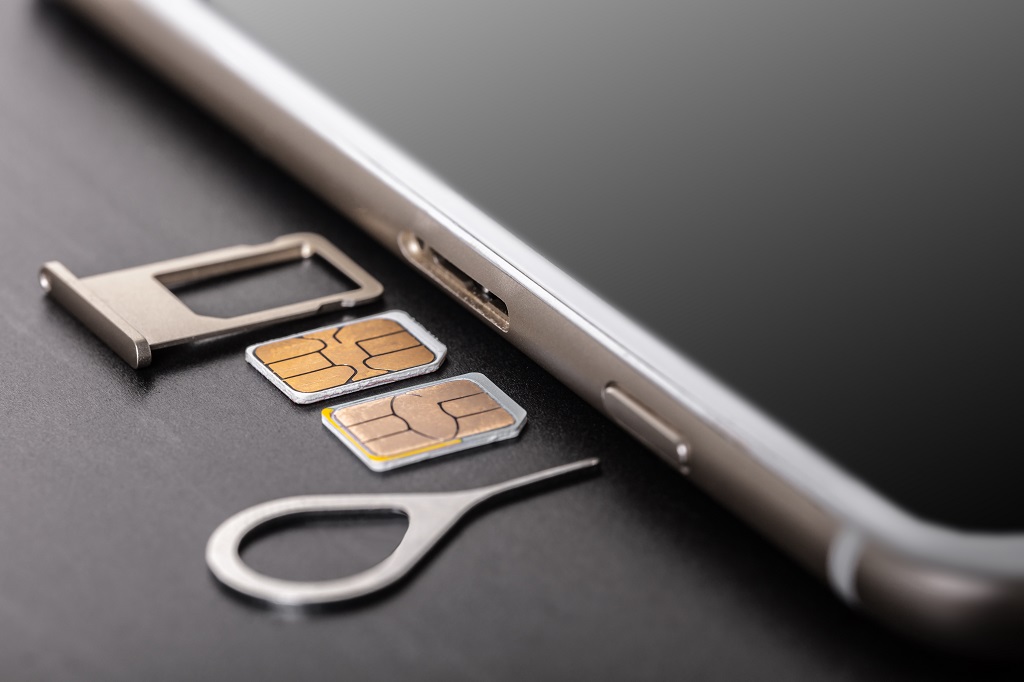
A SIM, or “subscriber identity module,” is a small circuit board card that goes inside your phone.
Mobile network companies use SIM cards to identify phone owners.
Because the purpose of a SIM card is to act as an identification unit, each SIM card is unique.
It’s impossible to use one SIM card with two phones simultaneously because it’s obviously physically impossible for one SIM to be in two different devices at the same time.
Even with an eSIM, it’s not possible even though it’s not a physical card.
eSIMs can only be installed on one device, and most can only be installed once, so if you remove them from your device, it won’t work again.
HOW TO USE ONE SIM WITH TWO PHONES?
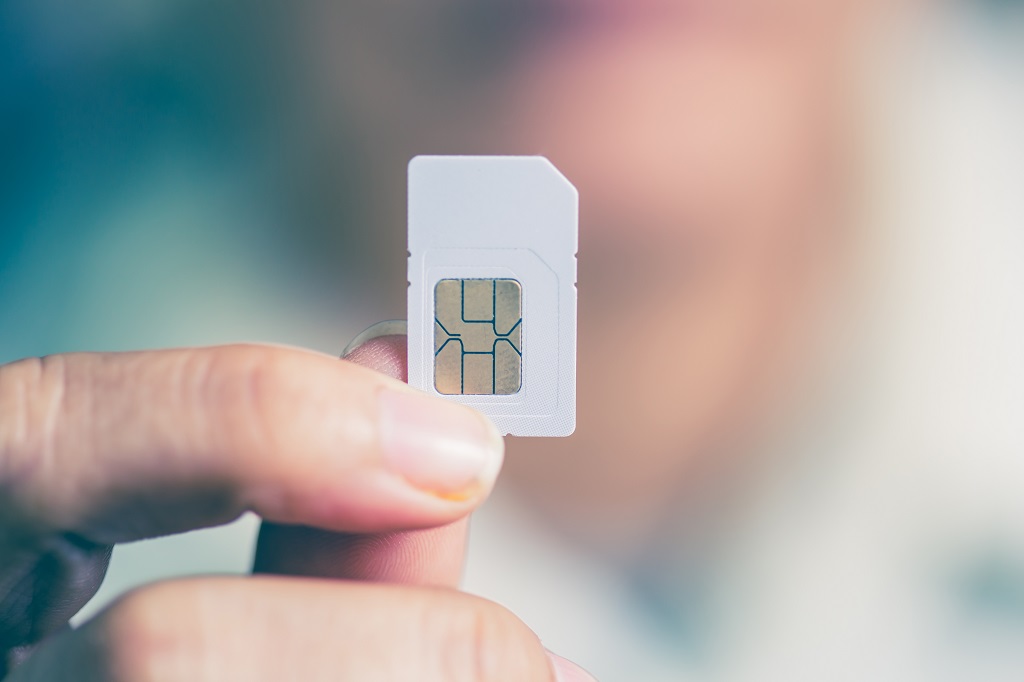
So, you have a single SIM that you want to use on two different phones.
Right out of the gate, I should make it clear that it’s physically impossible to use one SIM on two different phones simultaneously.
It is, however, possible to use a single SIM card on two phones, so long as you do so one at a time.
This can simply be done by taking out your SIM card from one phone and inserting it into another.
This should work for most phones.
You can swap out SIM into different phones whenever you feel like it.
People usually do this when they keep one phone for work and one for personal use.
They may have a cheaper phone for going out clubbing, for instance, to ease the financial sting in the case of a loss.
An important thing to note is that swapping the SIM won’t work if the phone is locked.
This is when cellular network companies restrict a phone to only work on their network.
In that case, only SIM cards from that particular company work on that phone.
For example, let’s say your SIM card is from AT&T.
The phone you are just plugged your SIM into is locked to Sprint.
In that case, your SIM card won’t work because the phone only accepts SIM cards by Sprint.
Cellular network companies do this mostly for phones that are bought on a plan from the company.
So, if your phone is on a similar plan, make sure the SIM you are inserting is also from the same company. Otherwise, it won’t work.
WHAT HAPPENS IF ONE OF YOUR PHONES IS LOCKED? (2 THINGS)

So, what if your phone is locked?
What do you do then?
Well, you have a few options to unlock your phone and use a SIM from a different carrier.
Here are some of the ways you can get your phone unlocked.
#1 Ask Your Carrier To Unlock Your Phone For Free
Surprisingly, this actually works.
You just need to contact the cellular network carrier that has locked your phone and see if you’re eligible to get your phone unlocked.
If your initial contract is up, then it will be done easily.
On the other hand, you might have to pay if your contract is still ongoing.
#2 Pay A Third-Party Site To Get It Unlocked
If your cellular network is not unlocking your phone, you can try to get it unlocked via a third-party website.
This is a little risky because you might void the warranty on your phone if you do it.
You also have to be careful while doing it because there are a lot of scammers out there.
Either way, both your phones need to be unlocked if you want to use one SIM card with two phones.
DUAL SIMS OR SECONDARY SIMS, HOW DO THEY WORK?
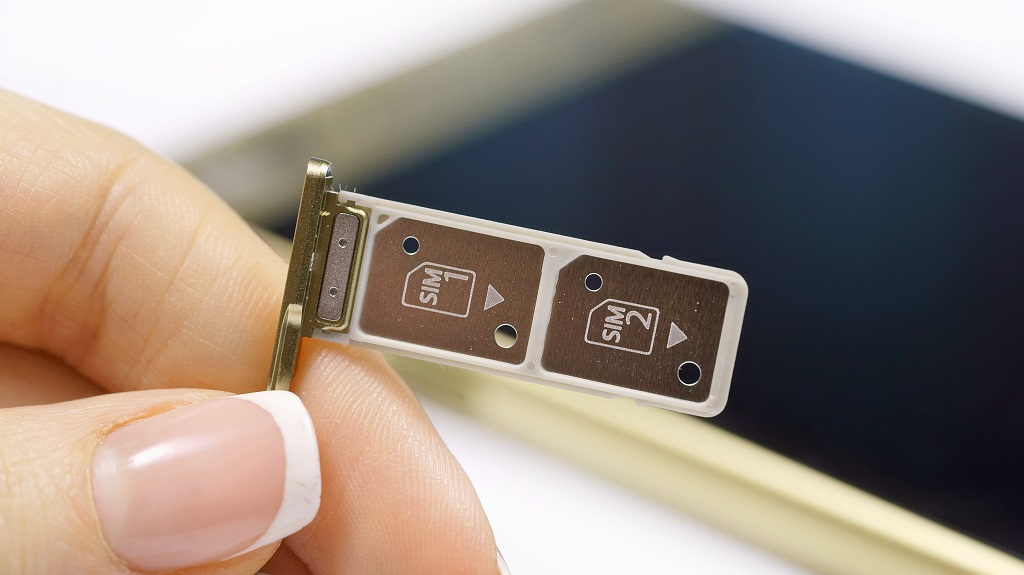
Some networks provide secondary SIMs that are basically identical SIMs that you can put in a secondary device such as another phone.
Secondary SIMs only receive a call when your primary SIM is shut off.
In that case, the call is diverted to the slave SIM.
You’ll have to check if the network provider in your location offers a similar service.
It is sometimes also called dual SIMs.
SIMs are designed to be unique so that they serve as digital identities.
Cellular network operators use SIM cards to know where and to whom they should direct a call.
If there are two SIMs active on two different devices, the cellular company won’t know where they should forward the call.
This can become very confusing and inconvenient.
This is why SIMs are designed to work on a single phone at a time.
HOW TO USE TWO SIMS ON ONE PHONE?
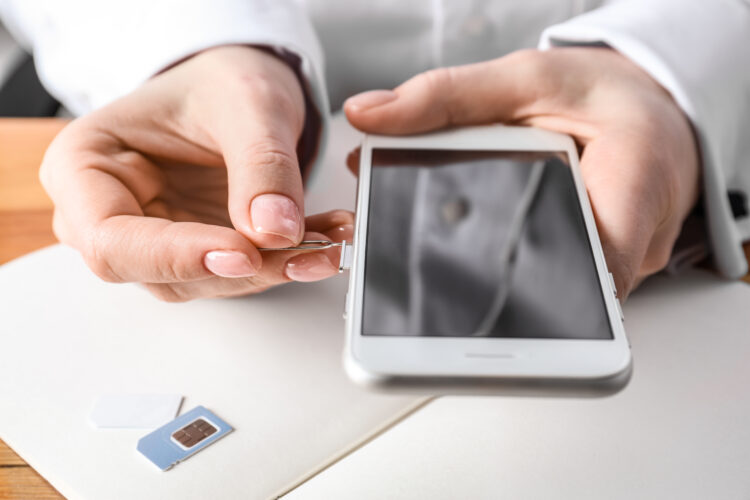
What if you want to do the opposite?
That is, what if you want to use two SIM cards in a single phone?
Nowadays, a lot of phones come with SIM trays that can accommodate two SIM cards.
Just put both your SIMs into the tray card and pop the tray back into your phone.
That’s it. Your phone now has two working SIM cards on the same phone.
This means that your phone has two numbers, so texts and calls for both numbers can be viewed and received on a single device.
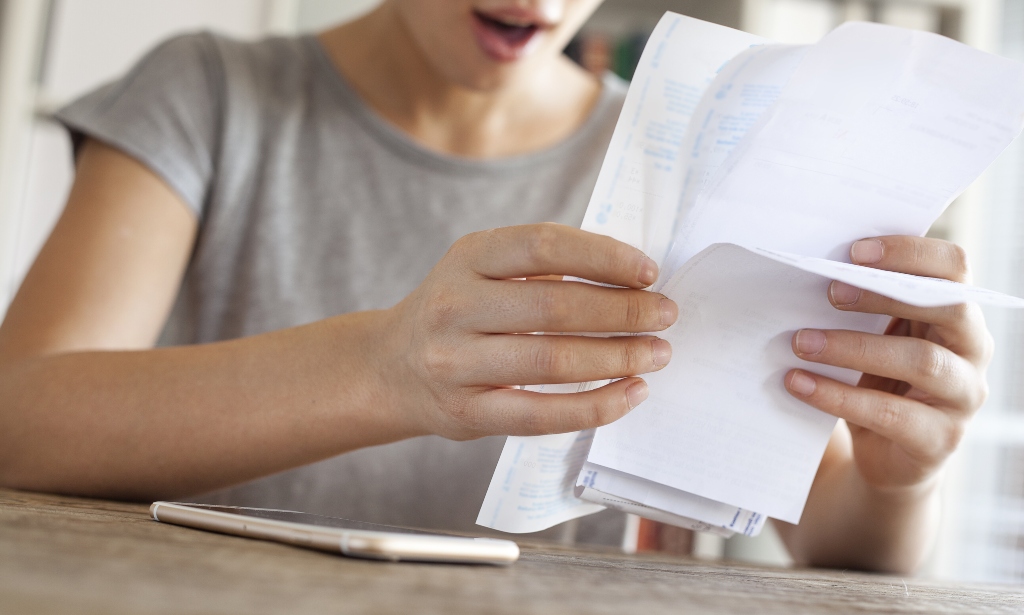
BILL NOT PAID, PHONE TURNED OFF: WHAT HAPPENS TO TEXTS?
Here’s what happens to your texts, messages, and missed call notifications when their phone bill is not paid and their phones gets turned off:
That depends.
Whenever cellular service is unavailable, cellular providers store texts and missed calls on their servers and forward them when the service is available again.
However, how long they keep the texts and missed calls varies from company to company, usually between 3 days and 3 months.
If you want to learn all about what happens to your texts, messages, and missed call notifications when the other person’s phone gets turned off because the phone bill hasn’t been paid, then this article is for you.
Let’s dig right in!

IF SOMEONE’S CELL PHONE IS TURNED OFF DUE TO NONPAYMENT, WILL THEY RECEIVE YOUR TEXT IF SERVICE IS RESTORED?
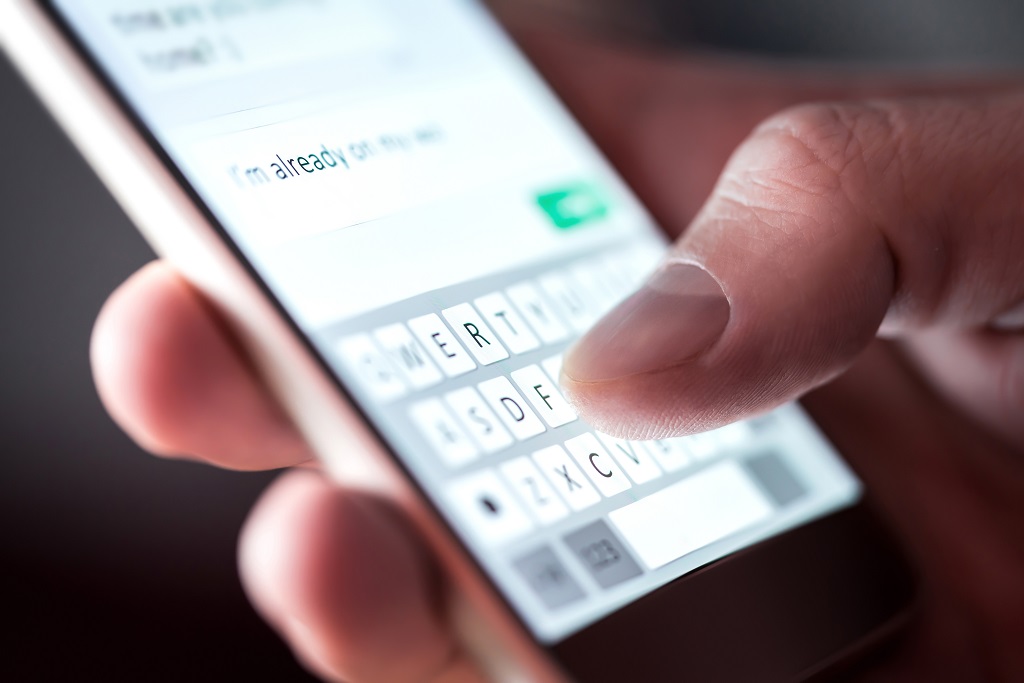
Are you wondering what happens when someone you’re trying to contact has their cellular service cut off due to nonpayment?
What happens to the texts and calls you sent them?
Are those texts and calls stored and restored once they get their service back?
Or are you just trying to communicate with a dead number?
The answer is “maybe,” and “it depends.”
It’s common for cellular service providers to store texts and calls on their servers whenever service isn’t available.
But how long they hold on to the texts and missed calls can change from company to company.
It can even vary based on the regulations in your area.
But if the service is turned off for the other person due to nonpayment, then they won’t be getting your texts or calls.
Only after having their service restored will a person get the messages and calls you sent.
Now, it can even vary from company to company on how long they hold on to the texts and miscalls you sent.
But, on average, cellular network providers hold on to your sent messages for a few days.
There are a lot of other factors to consider when this happens.
Keep reading to learn more about how cellular networks save and transmit texts and missed calls.
WILL THE OTHER PERSON RECEIVE THE TEXT ONCE THEY PAY THEIR BILLS? (2 SCENARIOS)

Before I answer this question, I have to say that all of this can change from one provider to the other.
So, if you know the person’s service providers, ask them to get accurate information for your particular case.
Having said that, there can be two scenarios when someone’s service is cut for nonpayment of their bills.
Both scenarios can vary for different providers and for different regions of the world.
If you want exact information from your service provider, you should directly get in contact with their customer support.
#1 Your Service Is Temporarily Cut
Your service is cut, but your carrier allows you to receive texts and messages.
The person themselves can’t call or text anyone, but they are able to receive texts and calls from other people.
This is usually a temporary phase.
If you don’t pay for a long time, then even these privileges are taken from you.
Usually, this time period can be somewhere between 1 and 3 months.
#2 The Service For The Person Is Immediately Cut
The service for the person is immediately cut, meaning that not only can they not call and send texts, but they also can’t receive calls and texts from other people.
In this case, if you try to contact them, the network provider will say “the number is unavailable at the moment” or a similar message.
WHAT HAPPENS WHEN YOU SEND A MESSAGE TO A PERSON WHOSE SERVICE IS CUT DUE TO NONPAYMENT OF BILLS?

Cellular network providers work on a principle called “hold and forward.”
Basically, when you send a text message to someone, it first goes to the network’s central server.
After that, the central server tries to reach the mobile phone on the receiving end.
If they can reach the mobile phone on receiving end, then the text or the call is forwarded to them.
On the other hand, if they’re unable to reach the mobile phone on the receiving end, then the text messages or miscalls are held on the central servers.
As soon as the receiving mobile phone comes back online, they will forward their pending communique.
Most systems hold your SMS messages for about 3 days to 3 months.
So, if a person takes longer than 3 days to restore service, they might not receive your text message at all.
WHAT HAPPENS WHEN THE OTHER PERSON RESTORES THEIR SERVICE BY PAYING THEIR BILLS?
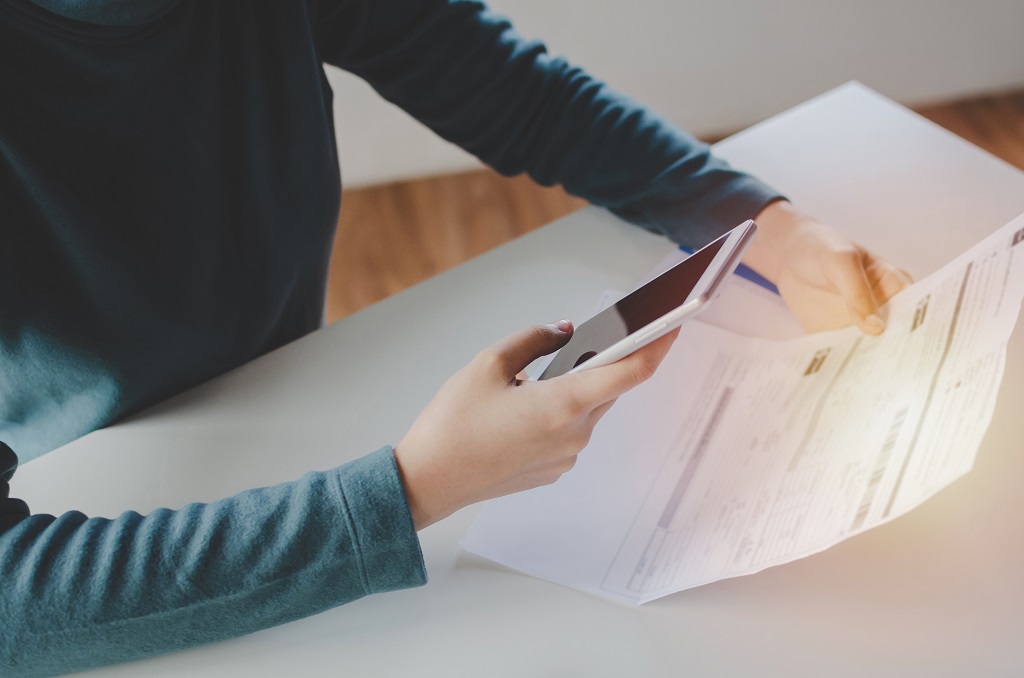
When the person on the receiving end clears their dues and gets their service restored, they get all the text messages and calls held before their service was cut.
But again, it is important to note that the person on the receiving end will only receive your text messages if it has been less than the grace period of their service provider since you sent the message.
If it’s been more than a month since you sent the message, it’s highly probable that they will not receive it once they activate their service because the network provider might have already deleted the texts.
WHAT HAPPENS TO THE OTHER PERSON’S NUMBER AFTER AN EXTENDED PERIOD OF NONPAYMENT?

If the other person doesn’t clear their dues for a long time, like 3 to 4 months, their mobile number might get terminated.
Once that happens, that particular number doesn’t belong to that person anymore.
If you call that number, you might get a message such as “this number does not exist.”
The number isn’t assigned to anyone else yet.
Cellular network companies are required to wait a few more months to re-assign the number to someone else.

CALLING & HANGING UP BEFORE RINGS: SEEABLE?
Here’s everything about someone seeing when you call and hang up before it rings:
The primary purpose of the ring-back tone is to let you know how many rings the other person is receiving.
While it is usually accurate, it isn’t always 100% accurate.
The ring-back tone does not always begin playing immediately, and the other side might already be ringing or vice versa.
So if you want to learn all about what happens when you call and hang up before the ring-back tone, then this article is for you.
Keep reading!
- FACETIME: CALLS AUTOMATICALLY END?
- SOMEONE HANGS UP ON YOU: WHAT TO DO?
- PHONE CALLS: AUTOMATICALLY END AFTER CERTAIN TIME?
- YOUR PHONE RINGS ONCE OR TWICE: THEN HANGS UP?

WHAT HAPPENS WHEN YOU CALL SOMEONE?
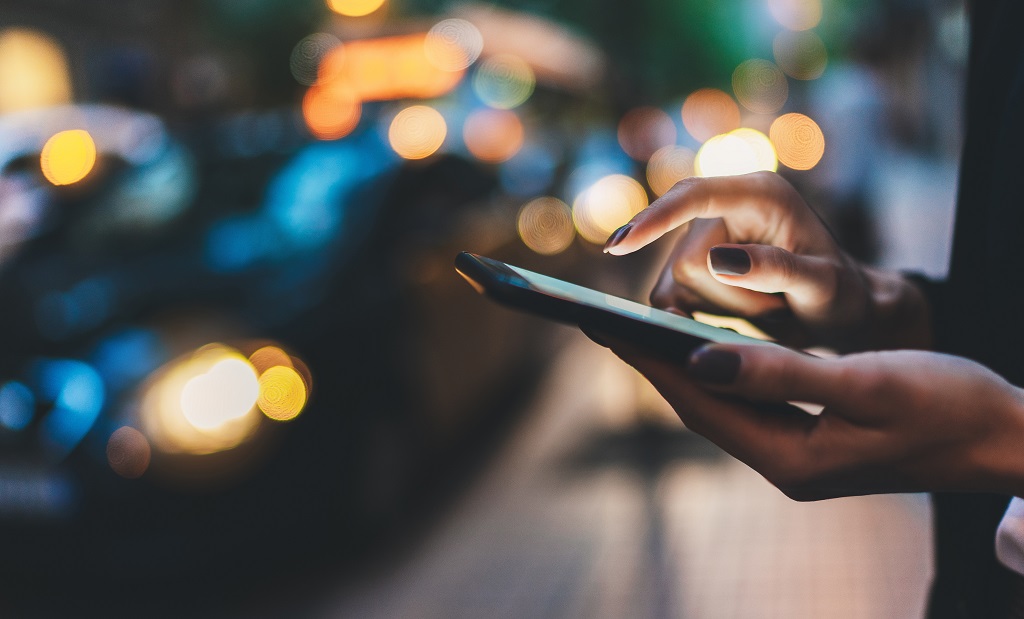
Have you started to call or called someone by accident and then immediately decided against it?
What if you haven’t heard the call ring-back tone?
What does it exactly mean?
Did the call go through, and is the other person now seeing a miss call?
Or did you hang up before the call went through?
Commonly, if you hang up before a ring-back tone, you should have cut the call before it went through.
But that’s not always the case.
When you call someone, it takes a little while for the phone to process and then send the instruction via your cellular network to call the person.
It can be between 1 and 10 seconds.
This can vastly differ for various devices and carriers.
This process is called a “call setup.”
All calls need to go through it to connect a successful call with the other person.
So, when you press a button, the request is sent to your cellular provider to connect to the other person.
While the exact path can vary if you are using voice over internet protocol or VoIP or if you are using a 2G connection to call, but the process is the same.
So, if you hang up before the call setup is complete, it should be as if you never called.
The call request never made it to the other user.
How does the ring-back tone come into the equation?
Well, the primary purpose of the ring-back tone is to give you an idea of the number of rings the other person is receiving.
While it’s usually accurate, it isn’t always truly representative of reality.
Sometimes the phone doesn’t play the ring-back tone immediately, and the call might have already started ringing on the other side, or vice versa.
It’s not an exact process, and things vary widely.
So, while generally speaking, hanging up before the ring-back tone might mean the other person doesn’t get notified about your call, you shouldn’t depend on it.
WHAT HAPPENS WHEN YOU HANG UP?

As soon as you hit the call hang-up button on your phone, instructions are sent via the same path as the call to cancel the call.
If the call hasn’t been connected to the other person, the call doesn’t go through to the person on the other end.
This means they won’t know you called them.
But rarely are people fast enough to cancel a call in that time.
People often assume that the ring-back tone at the end of the call on the receiving phone is synchronized.
It isn’t.
The ring-back tone is generated locally, just to give the original caller an idea of how long it has been since they are calling and waiting for an answer.
There’s obviously a connection and control of the signal between the caller and the receiver, but it doesn’t mean that the ring-back tone is accurate in real-time.
So, while you may think you hung up before the call went through, it could be that the call has gone through, and the ring-back tone hasn’t started yet.
This process works vice versa.
If you hang up after a single ring-back tone on your end, you might just assume that the other hand might have received your call.
That doesn’t have to be true either.
It could be that your phone set off the ring-back tone before it connected, and, in reality, your call never made it to the receiving end.
It was cut off before it could.
WHAT IF YOU END THE CALL WITHIN 1 TO 2 SECONDS OF PLACING THE CALL?

On average, it takes between 1 to 10 seconds for the call to go through and be placed.
So, while it may not seem like that much, a 2-second window is still a long time in terms of placing a call.
So, there’s a good possibility that the call has already been placed on the user at the other end during that time, and now they know that you called them.

